Why are mountains important?
Mountains play a key role in our global system. Without them and their environment there would be no life, and that is why it is essential to conserve and manage them sustainably.

Rocks weathering pull out about 1 Gigaton of CO2 each year


Forests absorb every year 9.5 Gigatons of CO2 and deliver oxygen


Snow and glacierts reflect solar radiation

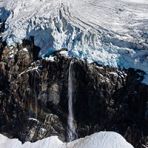
Provide fresh water. Glaciers store 60-80% of the world’s fresh water.


73% of world’s biodiversity hotspots are concentrated in mountains


Mountains cover 25% of world’s land surface and provide us with essential products as wood, aliments and revewable energy

4 reasons why mountains are important
Mountain environments are a fundamental part of our daily lives, as they cover 25% of the Earth’s surface, and all of its inhabitants depend on them directly or indirectly.
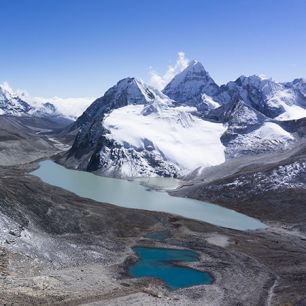
They provide us with water
Fresh water is vital for our survival. A very important part of this water is found in mountain settings, including glaciers, lakes or rivers. Mountains provide fresh water to more than half of the world’s population, for drinking and domestic use, irrigation, industry and hydroelectric production.

They provide natural resources
Thanks to mountain ecosystems we can obtain numerous materials, such as wood, basic food or drinking water. Renewable energy can be generated from some of them, whether hydroelectric, solar, biomass or wind; this is beneficial for human health.

Natural biodiversity refuges
Mountain regions are a refuge for countless endemic or threatened species of flora and fauna: 73% of these epicentres are located in these settings. Biodiversity is key to our planet’s survival. The forests found in mountain ecosystems are essential to reduce erosion and increase air quality and quantity. Furthermore, they are a source of wood as a natural resource and act as a physical barrier to lessen the impact of natural disasters.

They provide resilience against climate change
Mountain environments have processes involving resilience or adaptation to the negative factors of climate change. And there are several types, from the absorption of CO2 through forests or the erosion of some rocks to the reduction of the sun’s effects through the reflection of white surfaces (albedo effect).
Why should we protect the mountains?
Climate change is endangering mountain environments. The changes the planet is undergoing directly affect mountain settings, but also all those who depend on them: fauna, flora and us, as humans.
Protecting mountains and increasing their sustainable development is paramount and you can start small. This protection will help us increase their inhabitants’ recovery capacity as well as the main resources mountains provide: food, water or the conservation of biodiversity. Climate and other changes need to be addressed comprehensively, and therefore it is essential to gather data and raise awareness of the importance of small actions for the change of the global system affecting mountains.
What happens if we do not protect the mountains? These are some of the consequences of climate change directly related to mountain environments:

Rising sea water levels
When glaciers melt, they dramatically increase the sea level. It is estimated that the sea level could rise by as much as 70 metres and cause not only natural disasters but also fresh water supply problems. This alteration of the oceans’ salt water could also provoke the alteration of marine currents, with a subsequent pattern change in the global climate and extreme phenomena.

Pollution from mountain environments is transmitted to both people and animals
The ecosystem is interconnected like a large network, in which a small change can become a big problem. For example, if a glacier melts, ice-trapped pollution can enter rivers and oceans and end up affecting all living organisms. The same can happen with the uncontrolled dumping of chemical substances into natural karst systems (spaces of soluble rock shaped by water), where both groundwater and aquifers are the reservoir of drinking water for an area’s population.
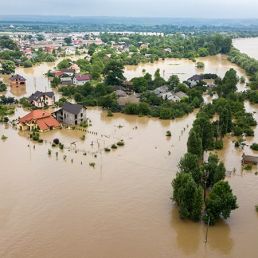
Increase in natural disasters
Climatic variations can trigger natural catastrophes in mountain areas, such as avalanches, fires, floods… All this can end up directly affecting the population and eliminating or altering vulnerable and unique ecosystems in some places.
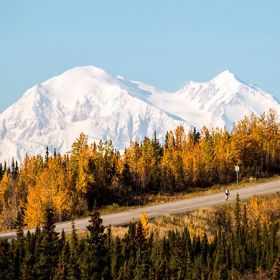
Climate alterations
Rising sea levels, caused by glacier melt, will cause a change in ocean currents due to the mix of fresh water with sea water. This will cause climate alterations and the appearance of severe weather phenomena such as typhoons, tropical storms or variations in El Niño or La Niña.

Loss of biodiversity
Mountain areas are natural refuges for many species of flora and fauna that are endemic and/or in danger of extinction. These areas represent a fragile ecosystem that is home to vulnerable species, making them highly important hotspots

Increase in inequality in less developed areas
Mountain areas are vulnerable and less-developed places in all respects. Because they represent a fragile ecosystem directly influenced by climate change, these differences can become more noticeable, with growing inequality.
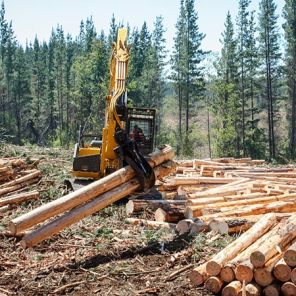
Uncontrolled deforestation
Forests are a key element of mountain areas. They help us by improving air and water quality; they are a refuge for biodiversity, they help reduce erosion in areas of steep terrain and they are obvious physical barriers protecting us from natural disasters such as landslides, mudflows or rockslides. Additionally, their roots help stabilize the soil and contribute to reducing flood danger.